Alessio Guano: In conversation with DiFranco
Alessio Guano is an Italian visual artist known for his mixed media work and his exploration of recycled materials such as old papers, photographs, and used books.
His creative process involves collecting these materials during travels and walks, which he later transforms into layered compositions and supports for his artwork.
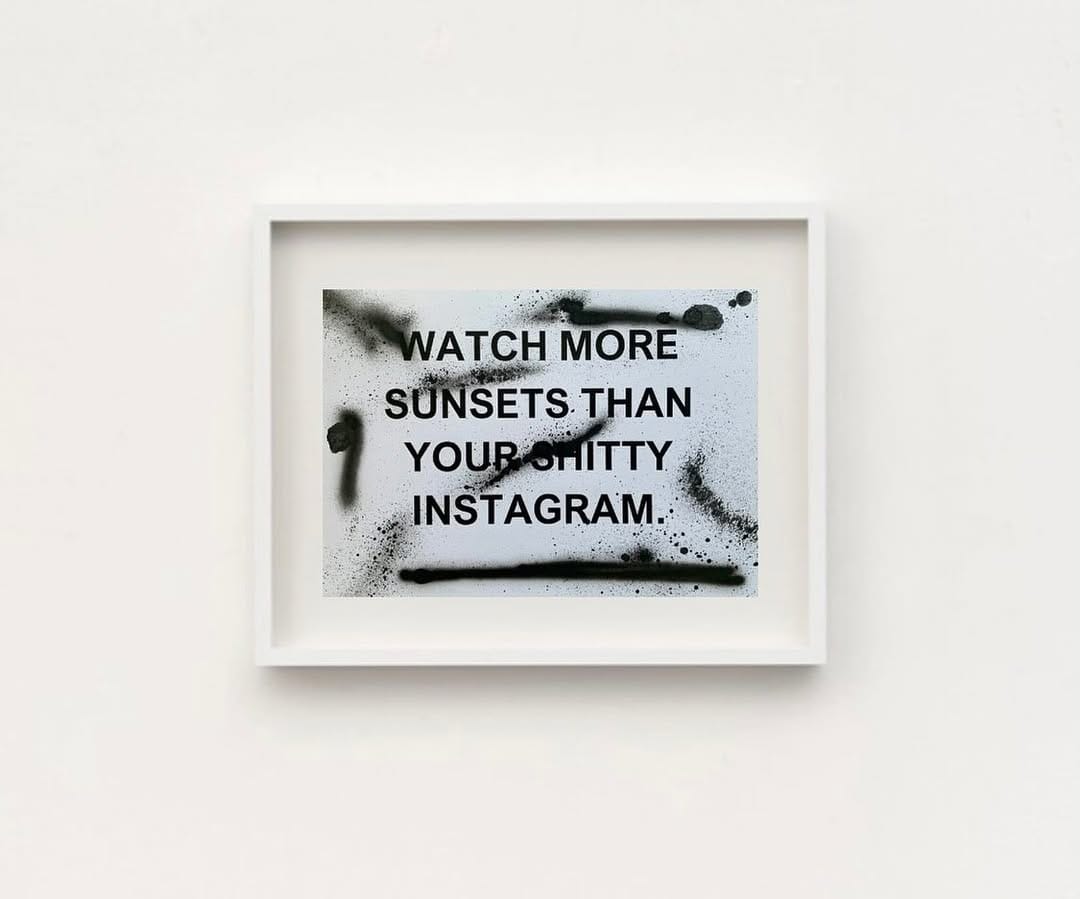

Guano believes that each piece must “breathe” between creation stages, allowing the layers of paint and collage to settle before continuing — a process he compares to decanting a fine wine.
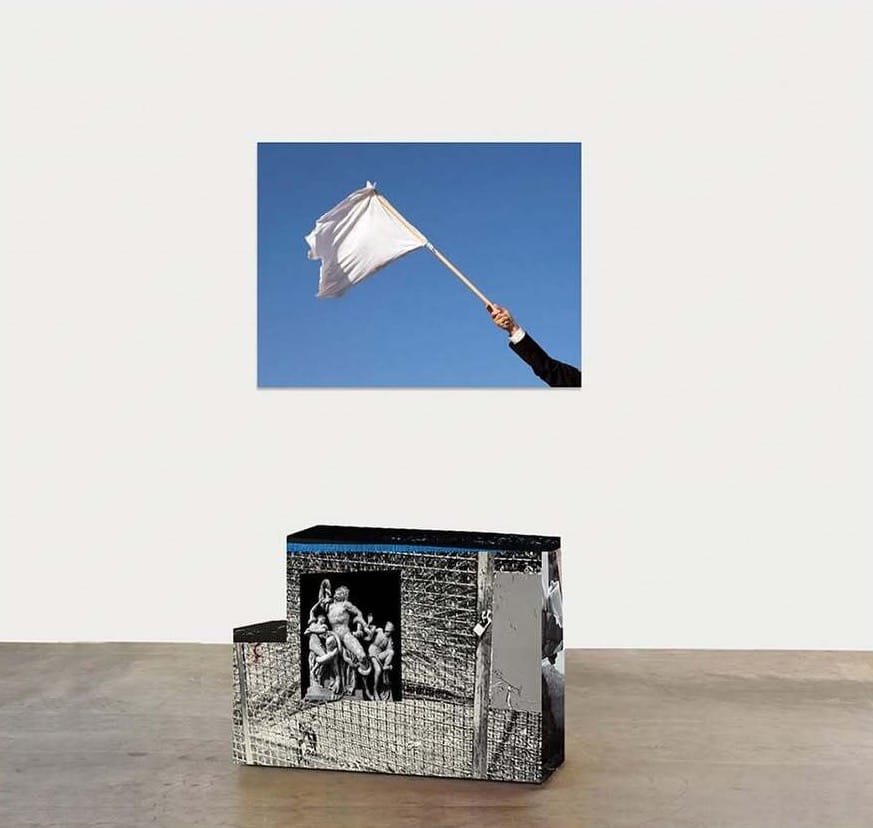
Notable works include “Waving Lifes,” a black and white painting using paint, acrylic, enamel, and collage on cardboard; and “Parallel Universe,” which incorporates acrylic, cotton, and collage on cardboard — inspired by the intimate drawings of Basquiat and Rauschenberg, and the curiosity of Luigi Ghirri for scale and illusion.
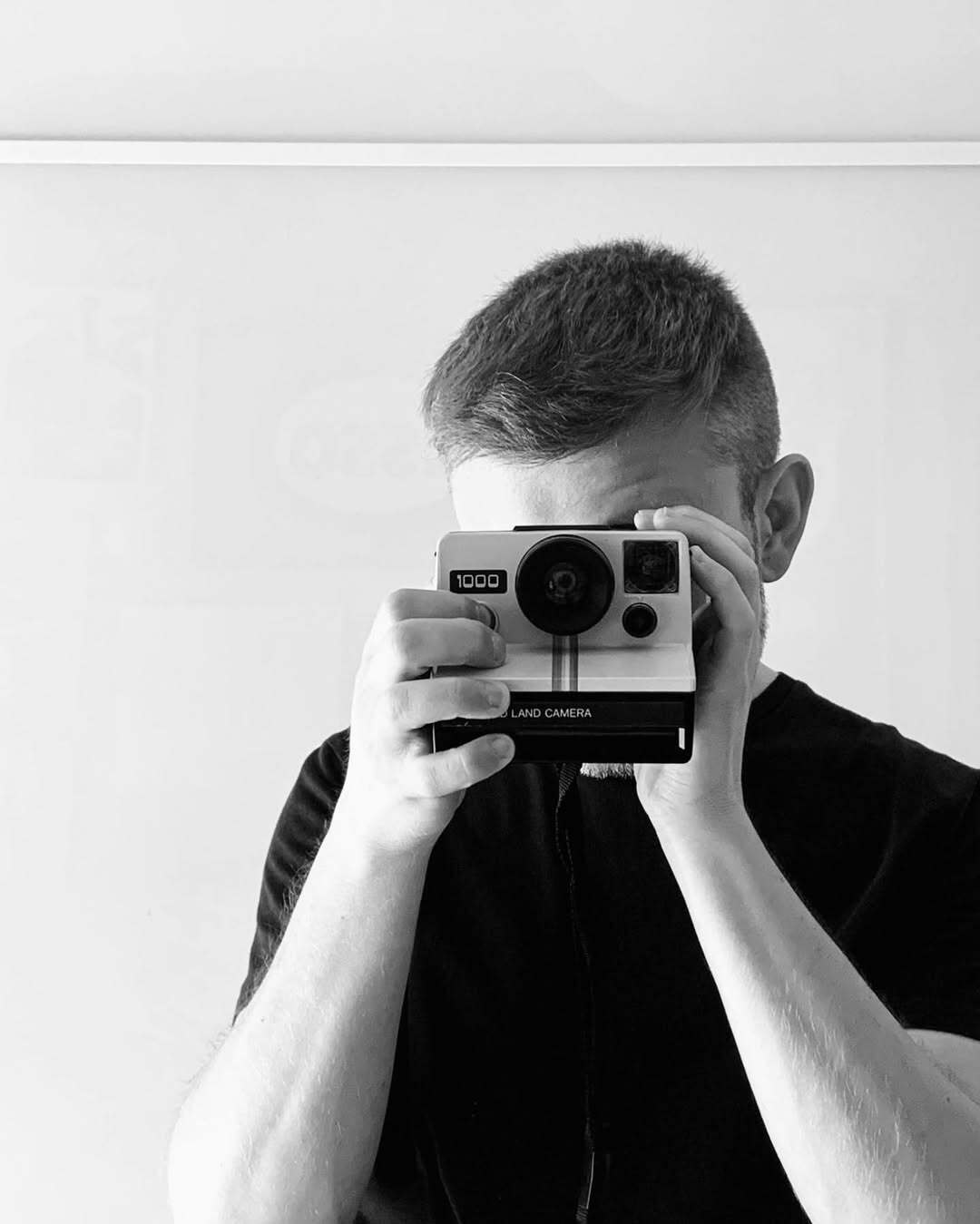
Another significant piece is “Lights in the Night,” a mix of acrylic painting, pencil, and collage on Fabriano paper and cardboard, reflecting his unique approach of reusing materials to craft new visual narratives.
Beyond his artistic practice, Guano is also recognized as a curator and art project organizer.
He founded atelier97 arte contemporanea, an online platform that fosters collaboration among artists worldwide.

Since 2015, he has curated Liber – Artist's Book Archive, showing his dedication to the preservation and promotion of artist books.
Guano’s work is influenced by figures like Marcel Duchamp, Cy Twombly, Joan Miró, Julian Schnabel, and David Hockney.
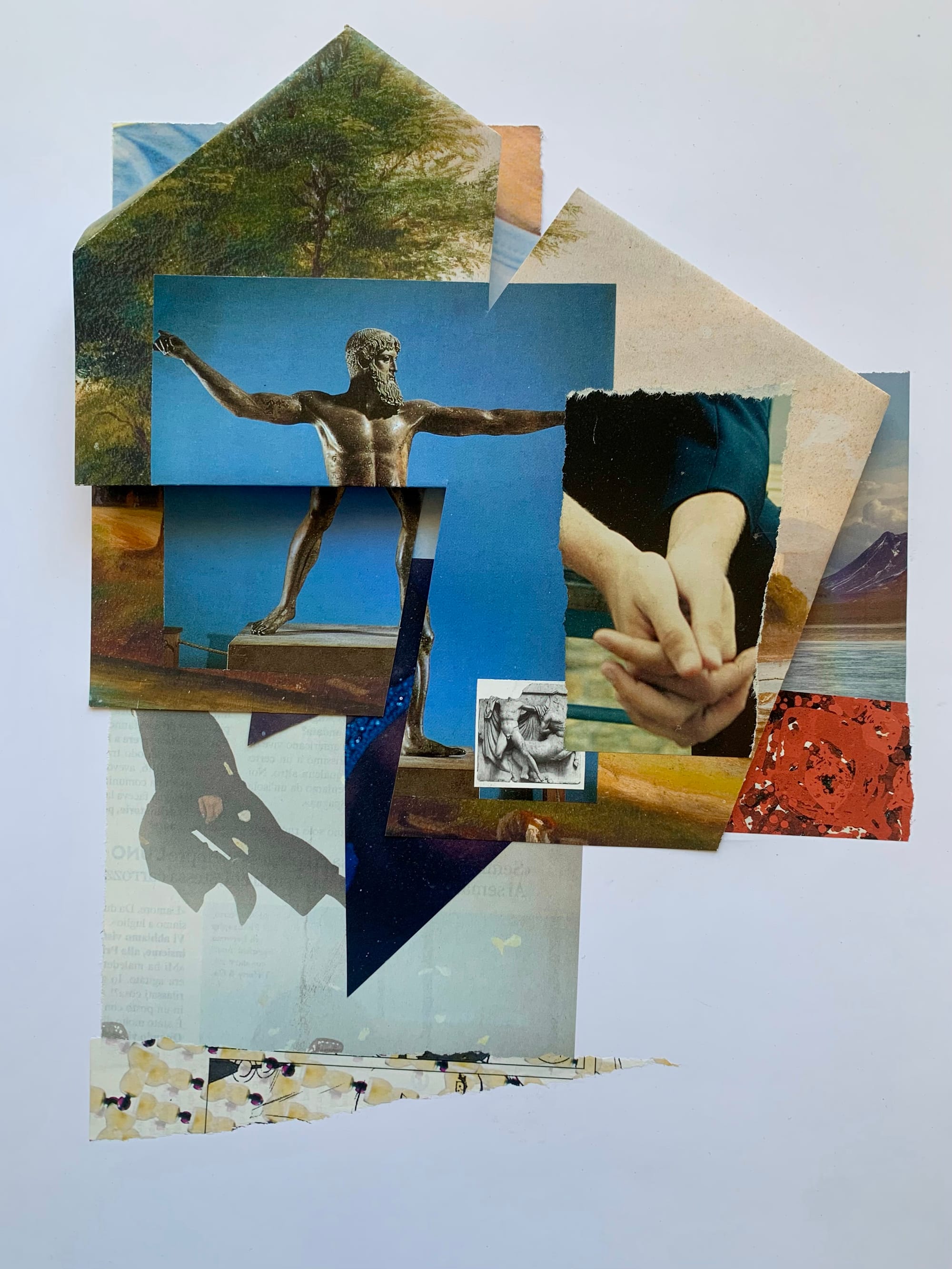
His art is deeply autobiographical and socially critical, often incorporating elements of neo-avant-garde and visual poetry.
His works are part of both private and public collections, affirming his role as an influential figure in the contemporary art scene.
1. Can you share what first inspired you to pursue art and how your journey as an artist began?
I started devoting myself to art from a young age. I was lucky enough to have many paintings by local artists at home.
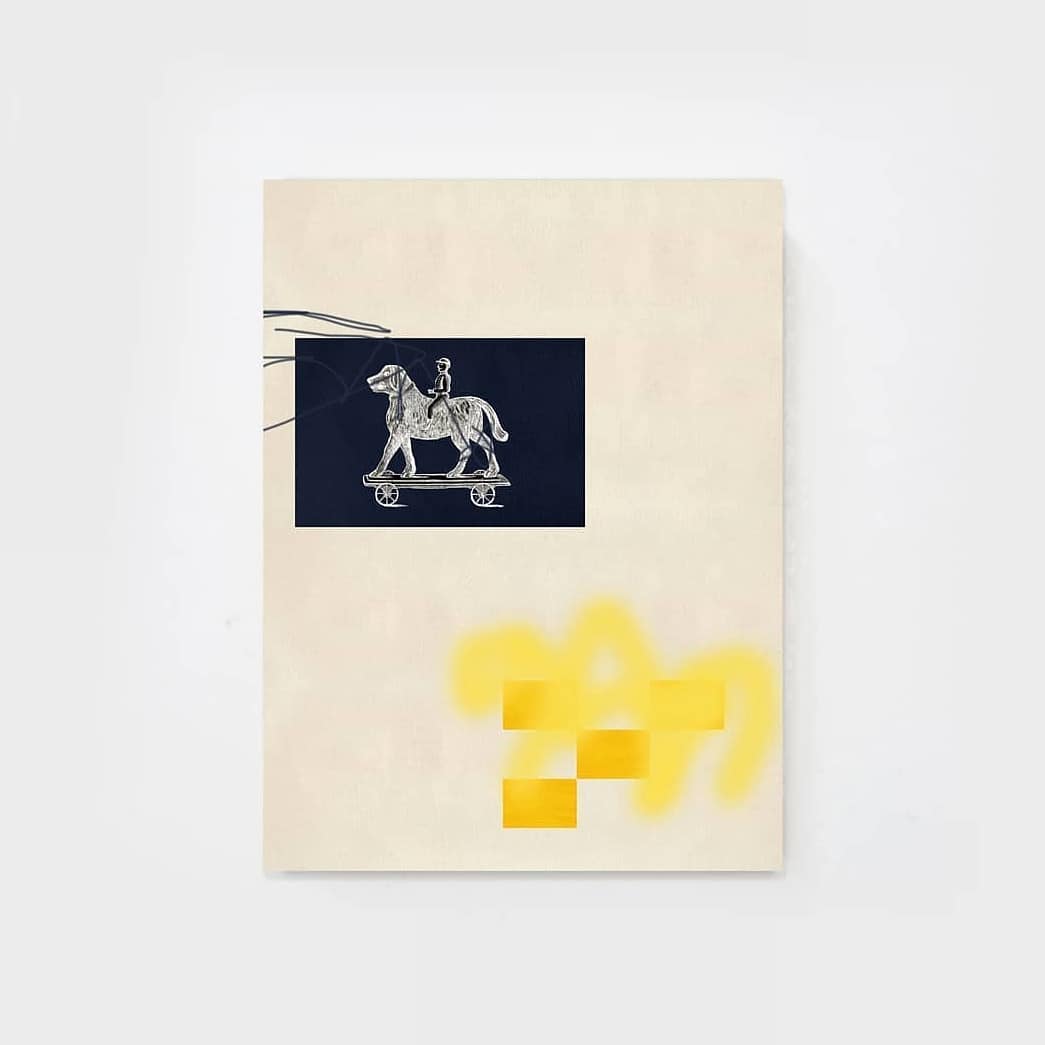
I think my first approach to art was creating drawings on the walls of my house.
I had created my own small space in the basement and there I enjoyed drawing, with crayons and pencils, on the wall. It was my whole little world.
2. Your works often evoke contemporary social and cultural themes. What drives these themes, and what message or emotion do you aim to convey through them?
I like to play and prepare different artworks at the same time. Often, thanks to my quick technique and small size, I can work on more media. Some find light in the short term, others stay in the drawer and then succeed maybe a few months, or even a few years later.
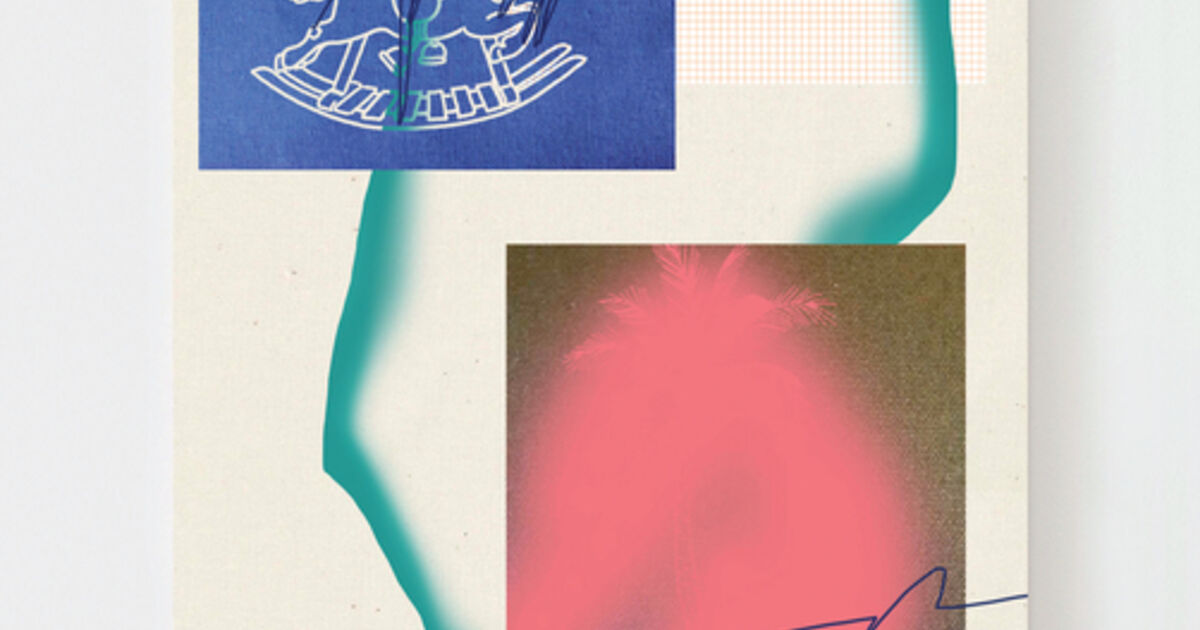
I like to call myself an "observer of everyday life". I don't think I'll invent anything. I collect a lot of information, I write it in my notebook or on my digital notes, I store it and I work for weeks.
Little by little it comes out something. I'm talking about everyday life, I'm talking about the needs of each of us and what happens around us.


Alessio Guano: 1. Untitled Mixed media on raw canvas 2. Tribute to Rene Magritte | Permission and courtesy of the artist
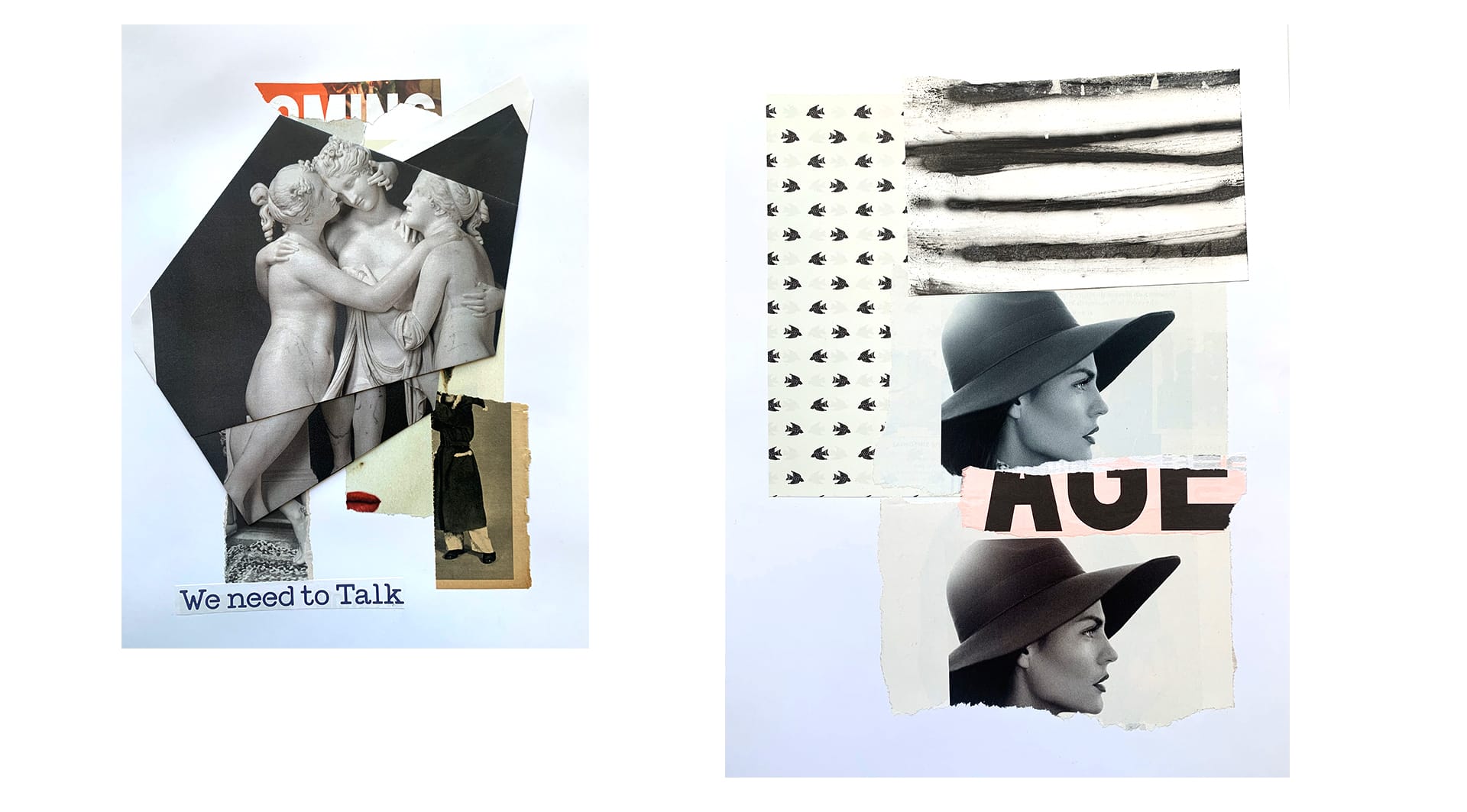
Sometimes I use a single "word" to mark the meaning of the work even more, other times that "word" is simply a geometrical form and it appears as a simple background of color within the work.
Everything that exists on the paper, in stable or precarious equilibrium, is an elaborate or instinctive thought that arises from observing others.
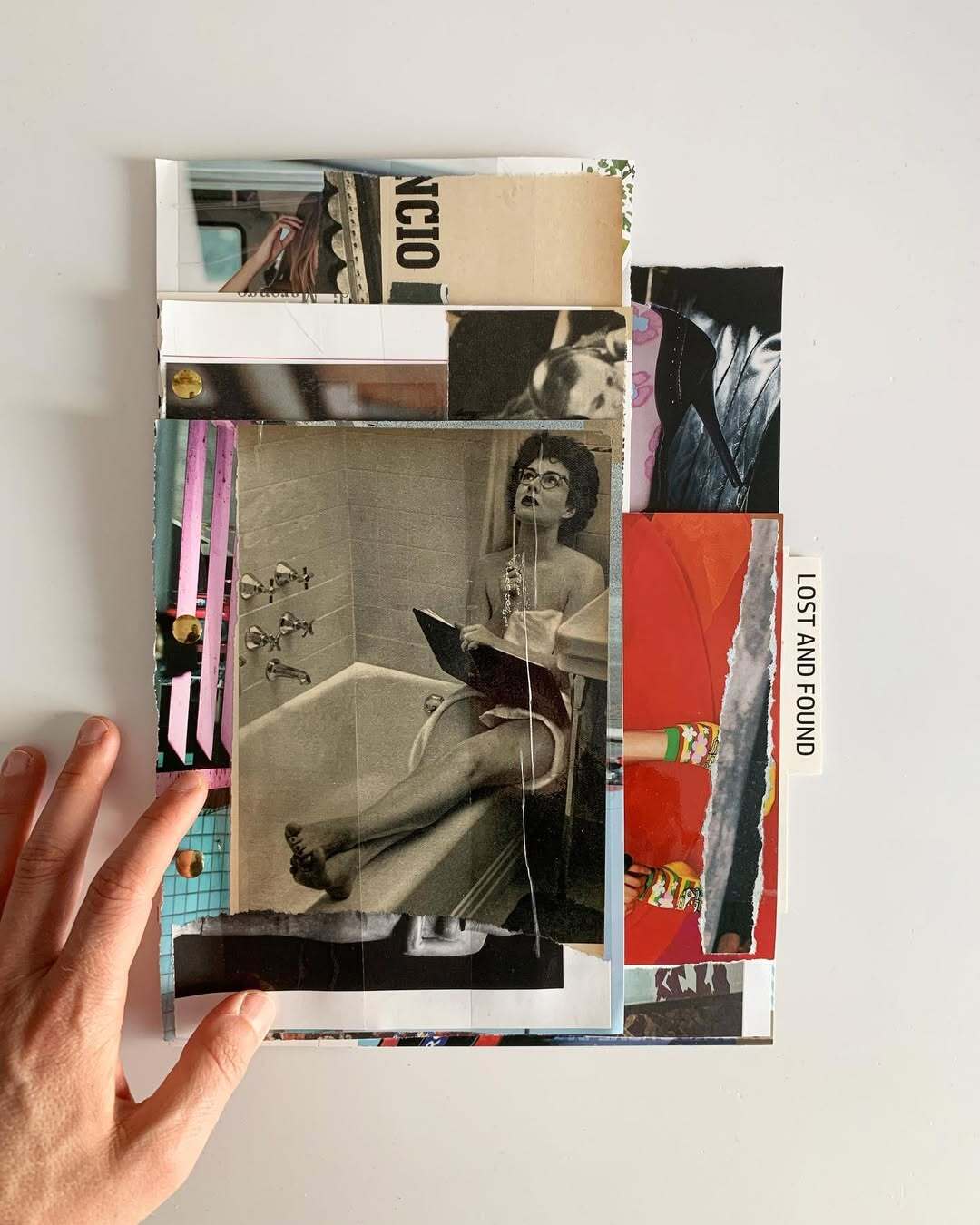
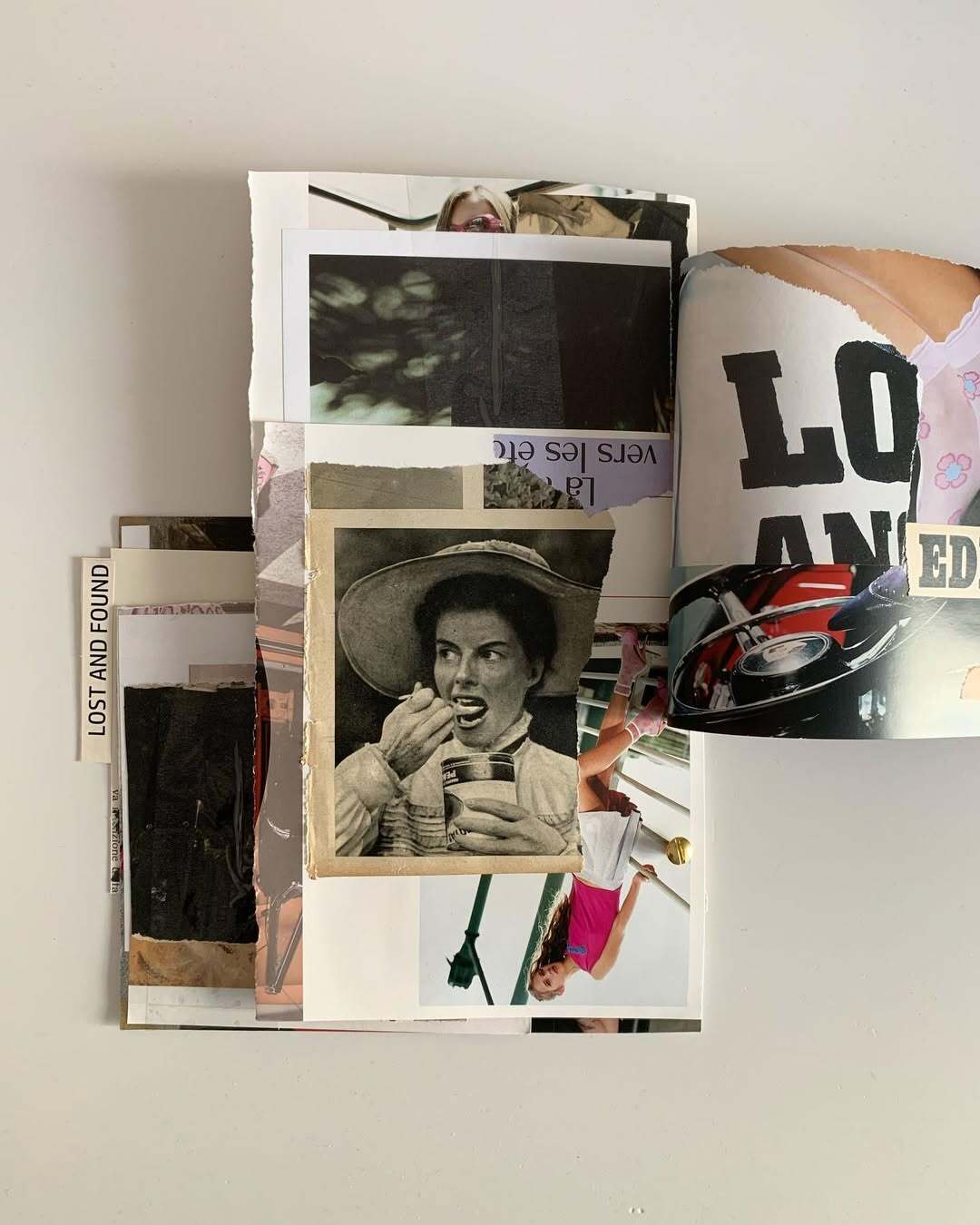
Alessio Guano: Pubblico con piacere uno dei miei ultimi lavori cartacei dedicati al libro d’artista. LOST AND FOUND è un libro d’artista, pezzo unico realizzato con riviste e fotografie selezionate. - Permission and courtesy of the artist
The main themes of my art are therefore contemporaneity, dreams and the link between past and present.
I am very attached to the past, even the one not lived, a so-called "collective past" that you can read in history books.
If you think about it, we too come from the past. Everything that has been before allows us to live in the present and, why not, to improve it.
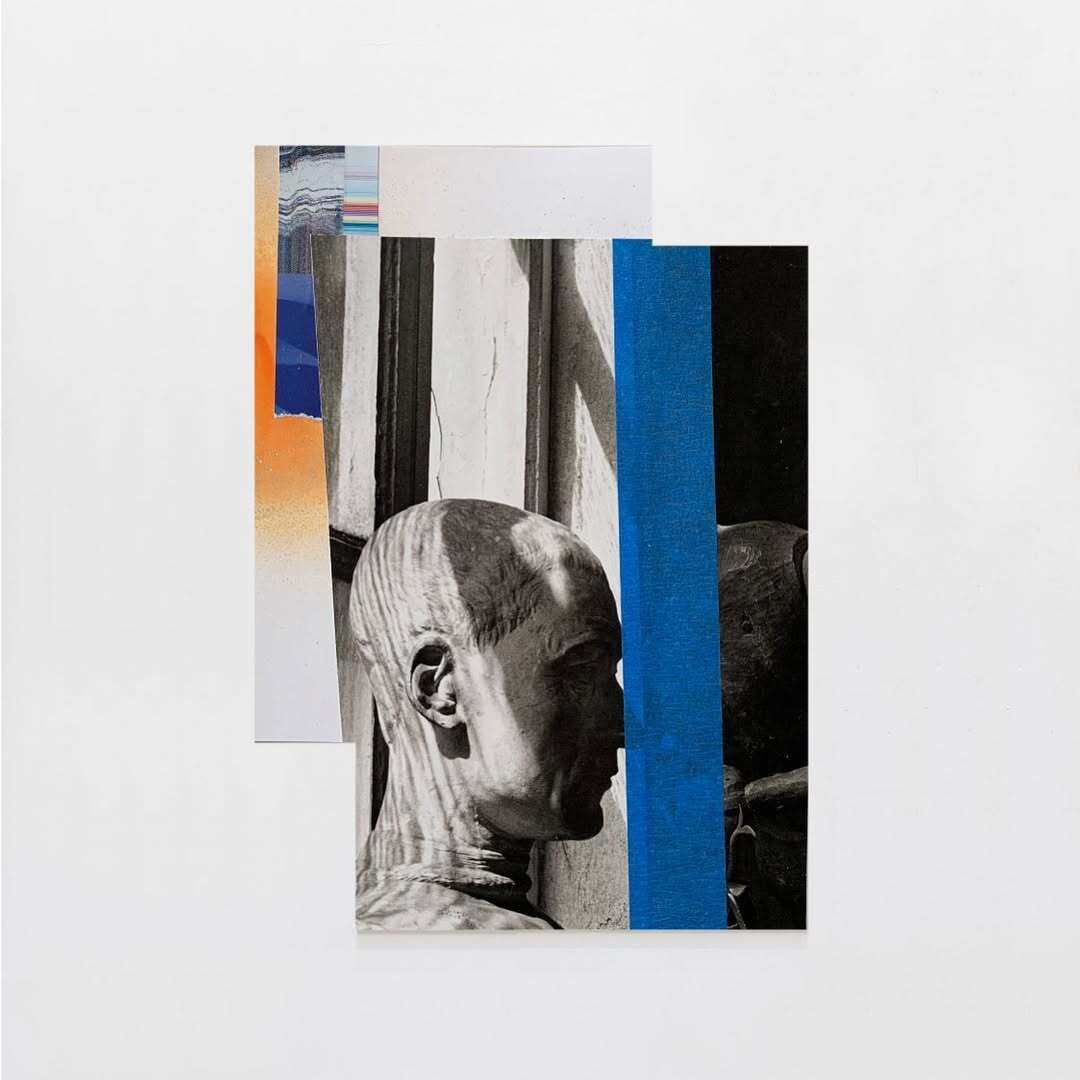
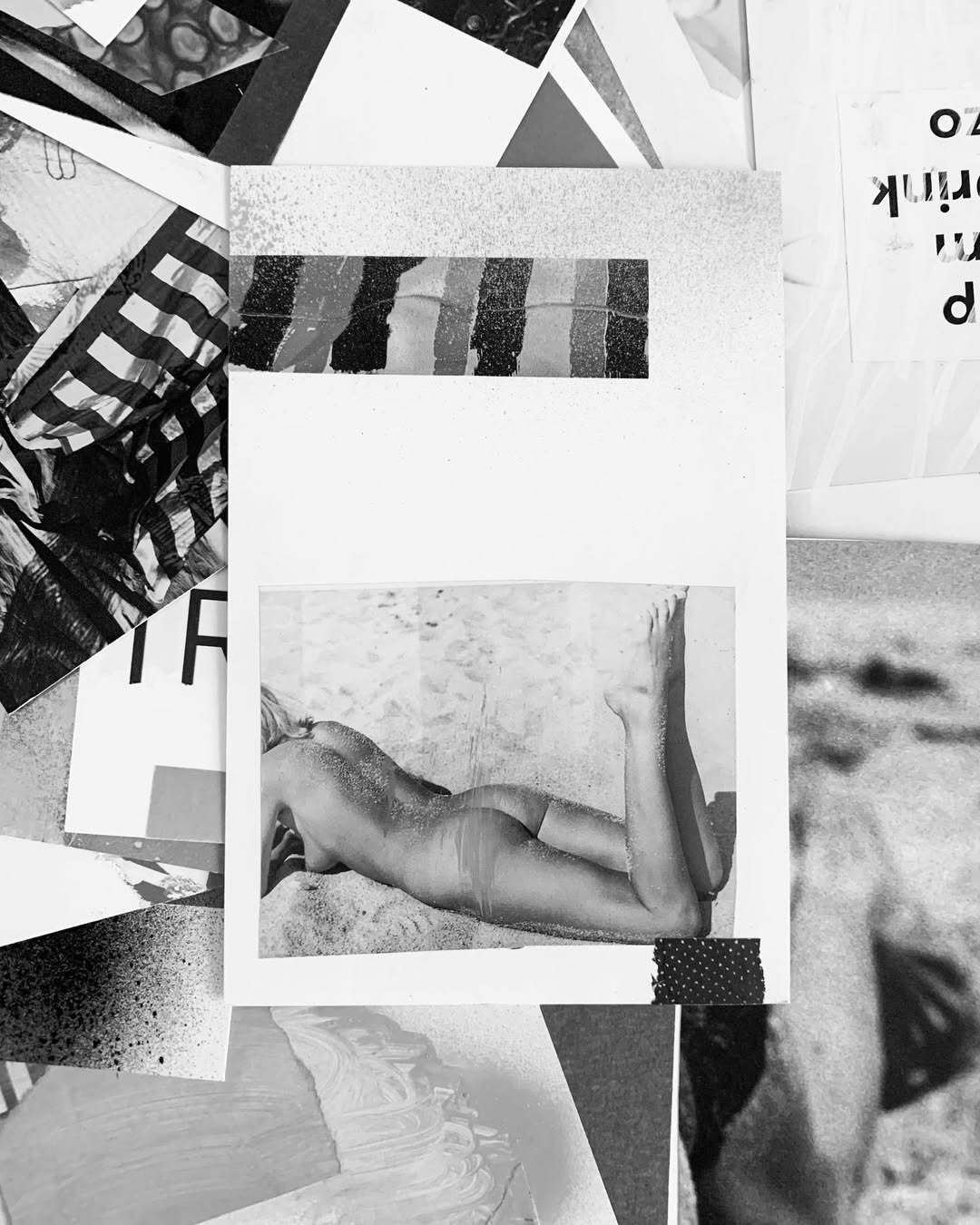
Alessio Guano: 1. Tête Collage,mixed media and spray paint 2. Studio Day | Permission and Courtesy of the Artist
What satisfies me, once the work is made and exposed to the public, is to see in the eyes of those who observe the same sensations as what I have experienced, or the exact opposite.
The public's perception of a stimulus is crucial.
3. Could you walk us through your creative process? How do you typically begin a new piece, and what steps lead to its completion?
My creative process is primarily based on the collection of newspapers, photographs, old magazines, or excerpts from books.
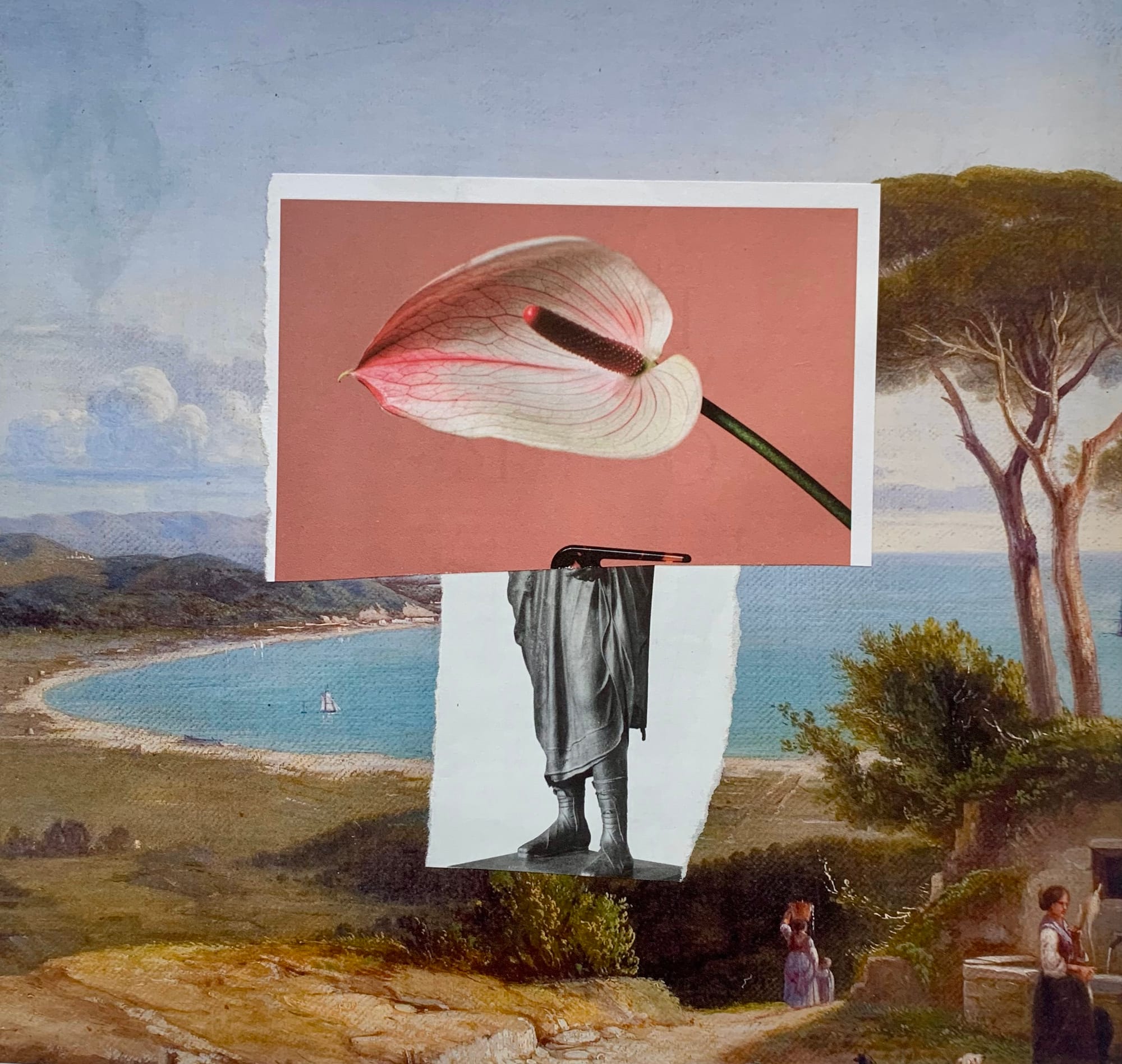
Like a good accumulator, what attracts and abducts me must be set aside. I am lucky enough to have space and collect everything that is of interest to me.
I often buy boxes with old books because sooner or later I find something that interests me.
Yes, I am a lover of paper and cannot do without it. So, I start from small pieces of paper that gradually, one with the other, take body, come to life and take meaning.
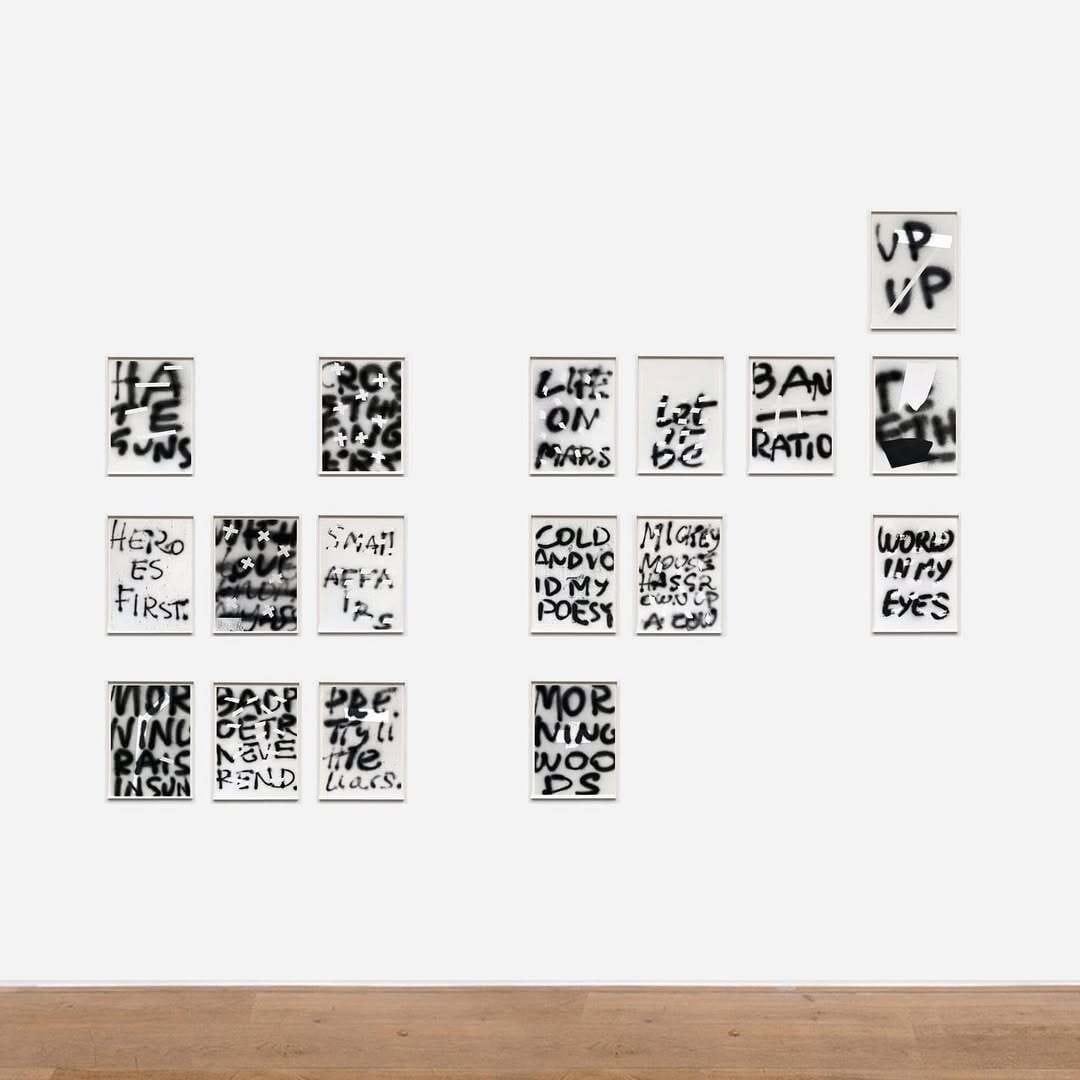
It happens that, at least initially, I don’t even know what the right way will be to bring me to the conclusion.
It's a bit similar to the other paintings, isn't it?
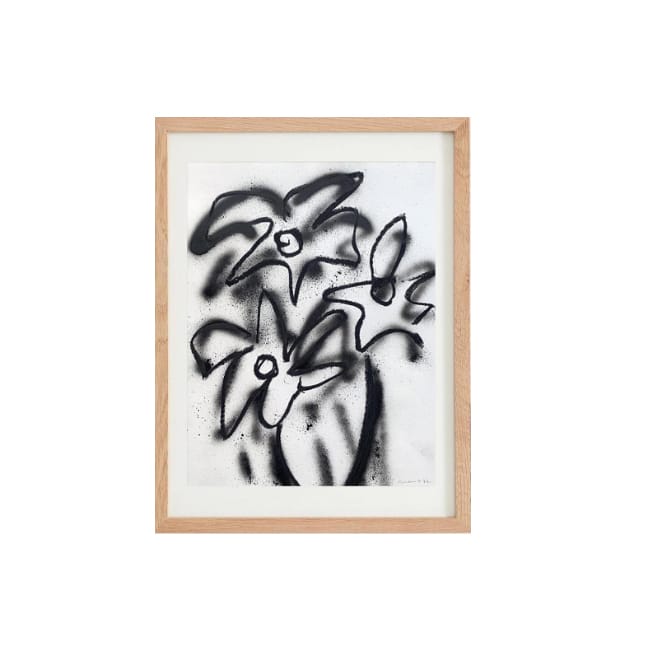

Alessio Guano: FLOWERS Still life drawings Oil stick and spray paint on Fabriano paper 2022 3. installation view 2022
Once the work is finished, if satisfactory, I leave it aside and wait a few days before judging. Like good wine, I think that art needs to be "decanted".
4. Who or what would you say are your biggest influences, whether from the art world or beyond?
I am influenced by everything around me, really.
I may be interested in a new product in the supermarket aisle or what is happening in third world countries. I do not even know, if there is, what is the cause that triggers this restlessness of my doing.
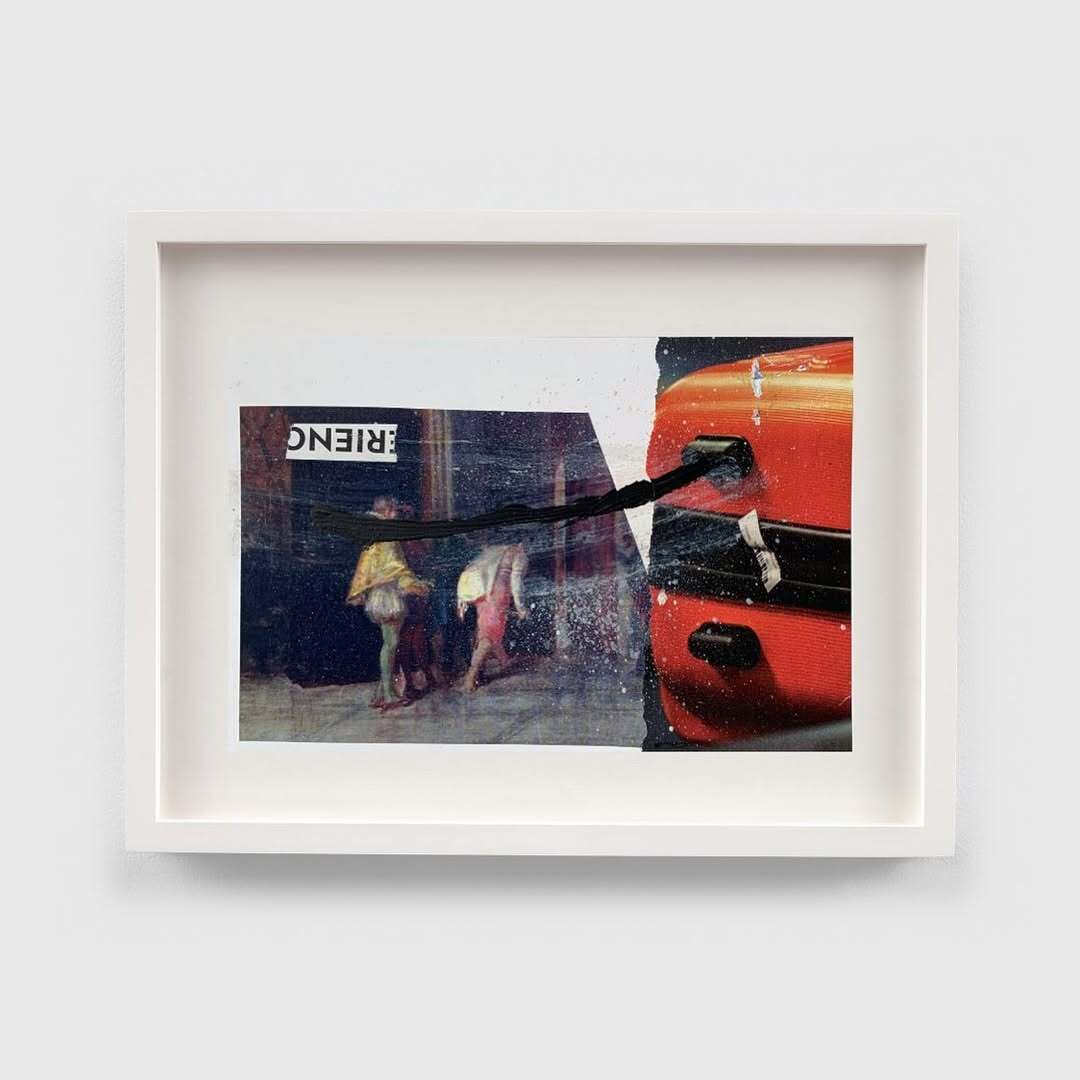
Definitely love being informed and watching what others do. Studying artists also helps you grow and stay on your path, even if you need to change if necessary.
Why not?
5. Your use of paper, old books, magazines and photographs is intriguing. How do you decide on the materials you work with, and do they influence the meaning of your pieces?
It comes naturally to me. As I was saying earlier, I’m a serious accumulator. I love collecting material and then reusing it.
I often use boxes that contain fragments of all kinds and sometimes I like to mix things from the past with newer things.
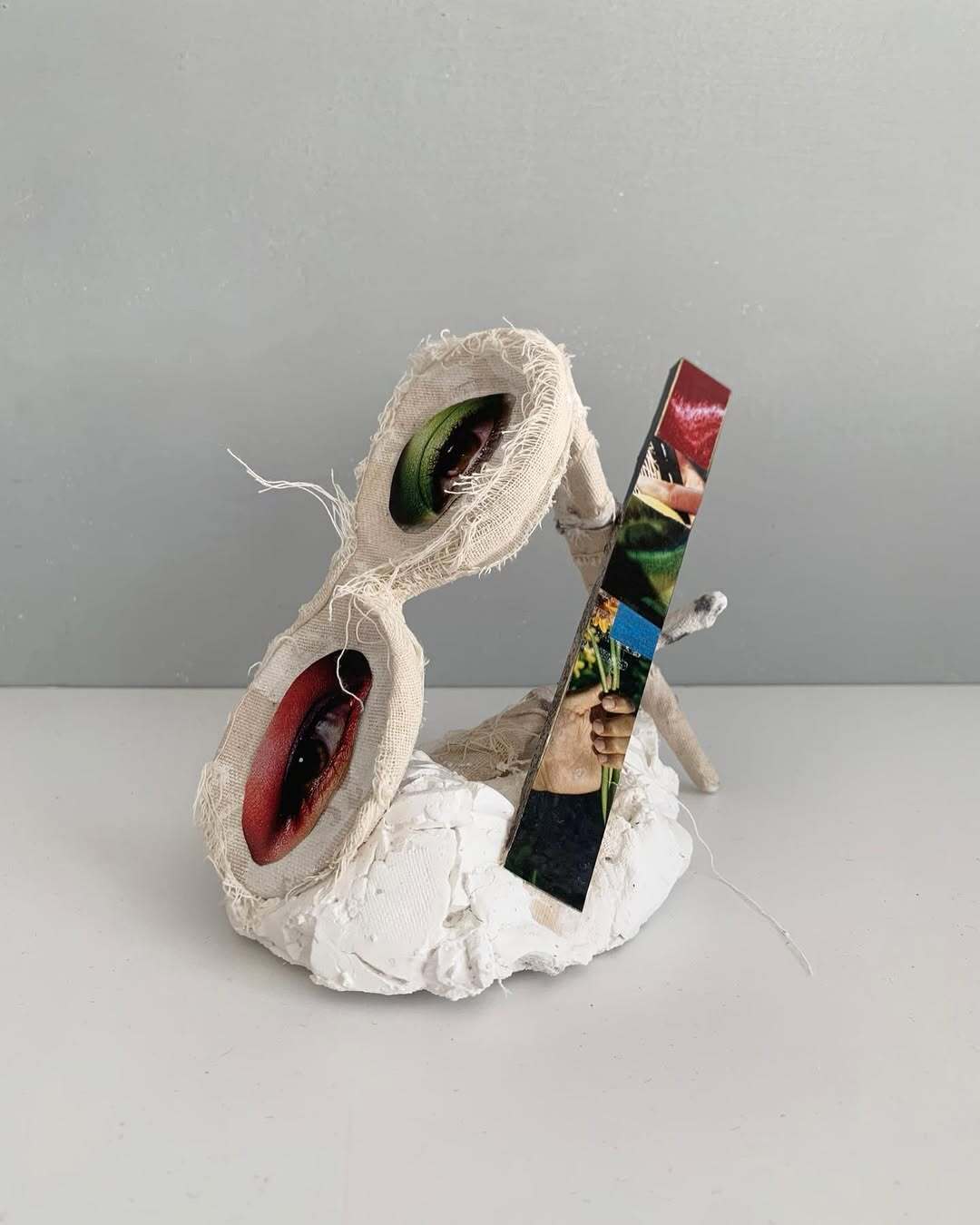
Perhaps in the same work coexist fragments of a newspaper from the 1920s with an advertising sheet from the supermarket printed last week. It’s a surprise, even for me!
6. How has your work evolved over time? Are there significant changes in your style, technique, or approach that stand out to you?
I started working with oil, using a spatula instead of brushes. It was the early 2000s.
Then suddenly something changed and I moved, also for space requirements and for speed in execution, to work with acrylics and mixed techniques.
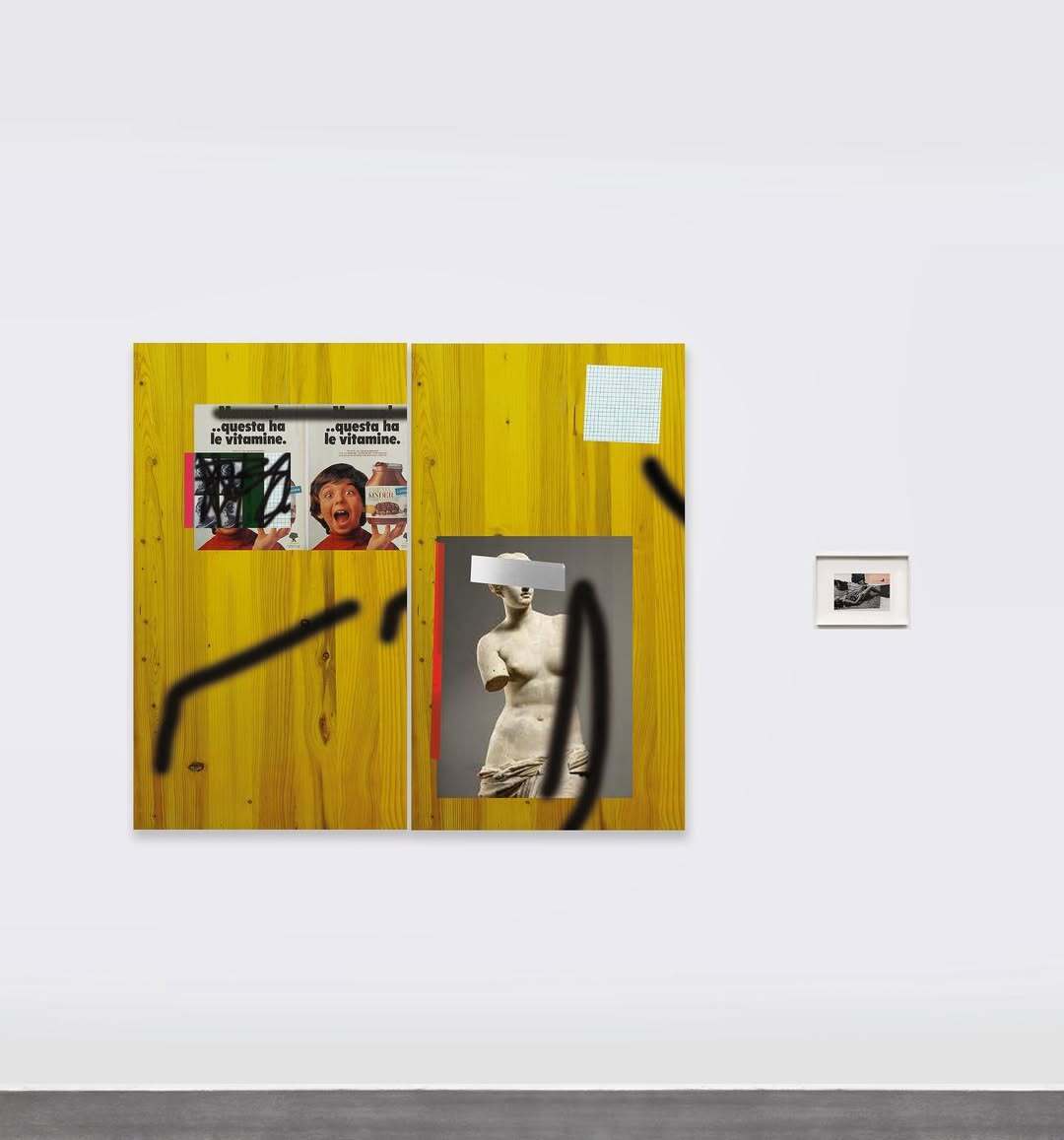
The work that distinguishes me today was born, I think, around 2014.
A first exhibition entirely of collage with use of recovered materials and old newspapers is from that year.
It was dedicated to an internationally renowned mail artist, Ray Johnson, and I had created for a local contemporary art museum, as curator and artist, an international exhibition: MAEP Mail Art Exchange Project.
7. How important is the audience’s interpretation of your work to you? Do you create with their perspective in mind, or is your focus more personal?

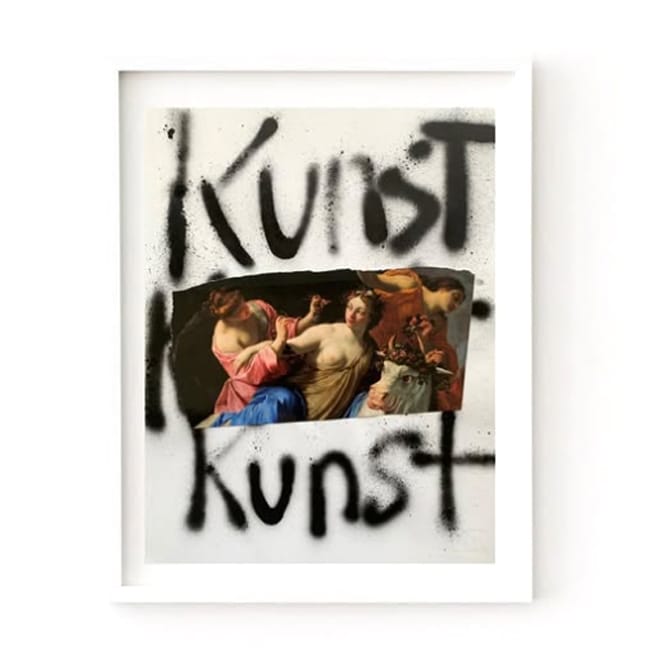
Alessio Guano: 1. Toys 2. KUNST IST KUNST Permission and courtesy of the artist
My works are a result of my personal need and are usually presented in small, intimate, and romantic forms.
That’s why I think the audience idea comes later. I have never thought, except on official and public occasions, to prepare a work for a large exhibition hall. I do not feel the need.
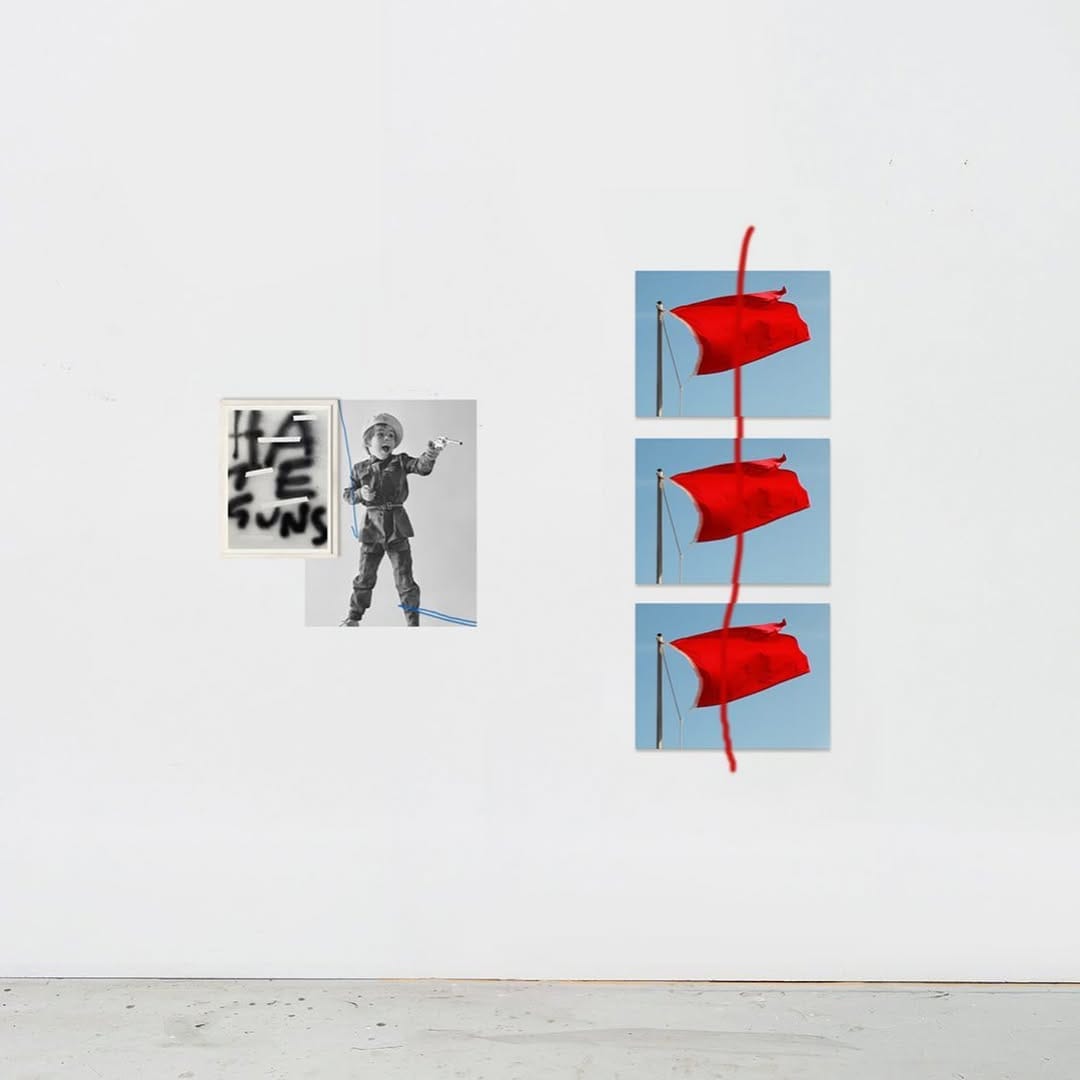
I prefer to be myself and work mainly for myself.
Of course, if the audience feels something, the work makes sense.
8. What has been the most significant challenge you’ve faced as an artist, and how did you overcome it?
Over the years I have made several exhibitions, as an artist and organizer. The most difficult ones were those with public bodies and collective exhibitions.
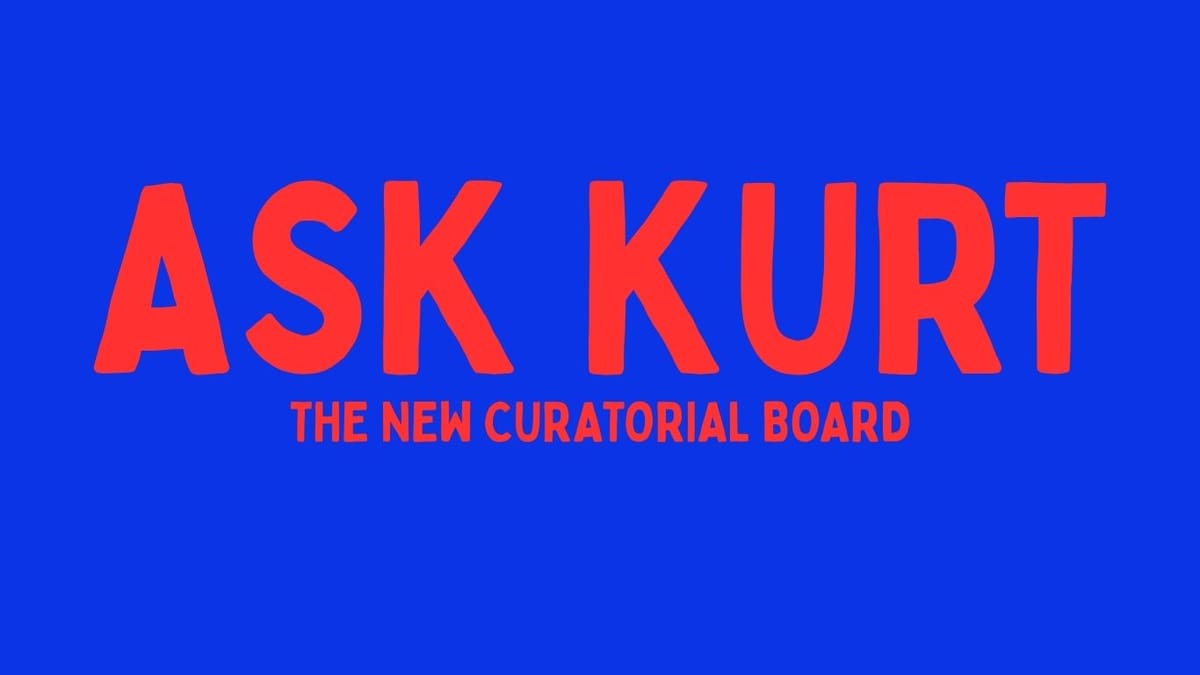
I have created complex art projects such as MAB Mail Art Boxes, MAEP Mail Art Exchange Project, LIght Matters and others, all very complex due to the difficulty of the exhibition and many works on display.
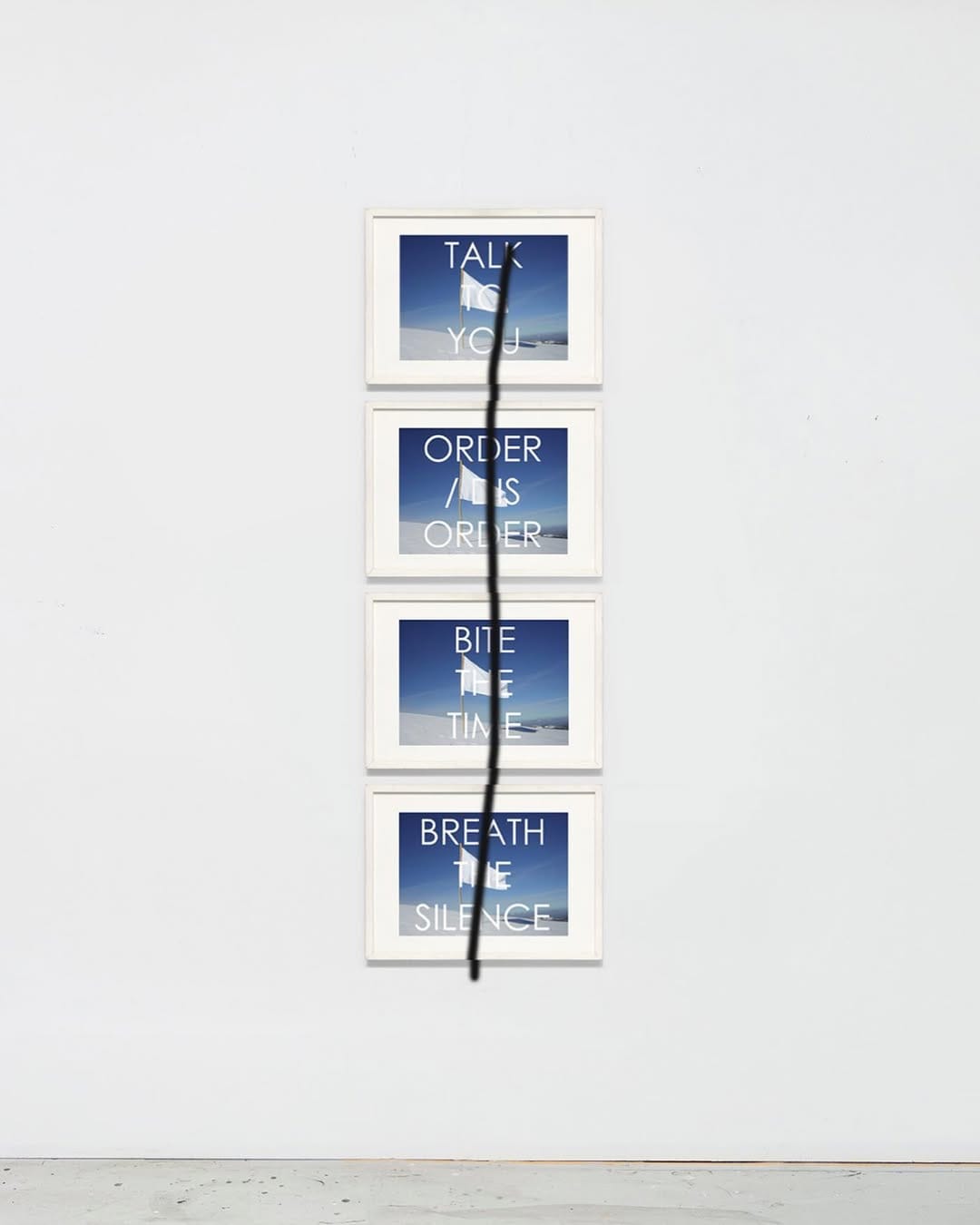
One of the most complex?
Light Matters, a UN-sponsored exhibition that has twice been proposed with such success. The most emotional experiences are always the ones that are most difficult.
9. What do you really want to achieve through your art, and what draws you specifically to creating collages?
I aim to leave a lasting impression.
I think it’s the wish of all artists. It is always nice to find one’s own work somewhere. It means that someone, every day, passing by that wall can observe, cricite, love.
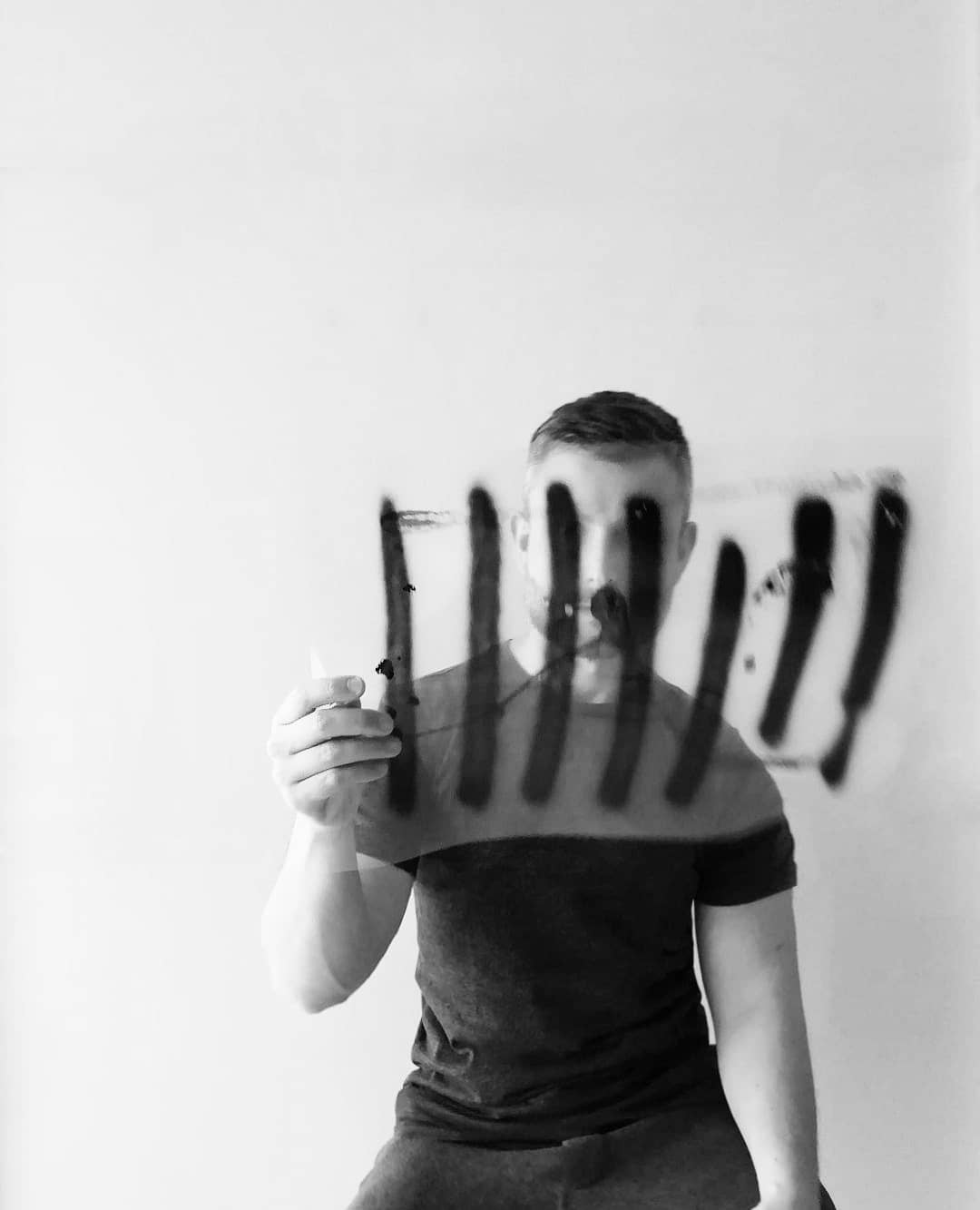
Collage is one of the simplest and at the same time complex forms of art. If you think about it, it’s enough to change the balance of the work.
A few more or less meters of paper and everything looks different. That’s why I love this technique.
10. What do you hope people take away from your work, and what kind of impact would you like to leave on the art world?
I hope people can appreciate what I like from the little things and small gestures like shredding a sheet of paper or folding a sheet of newspaper, collecting magazines for months and creating new worlds.
Follow Alessio Guano on Instagram
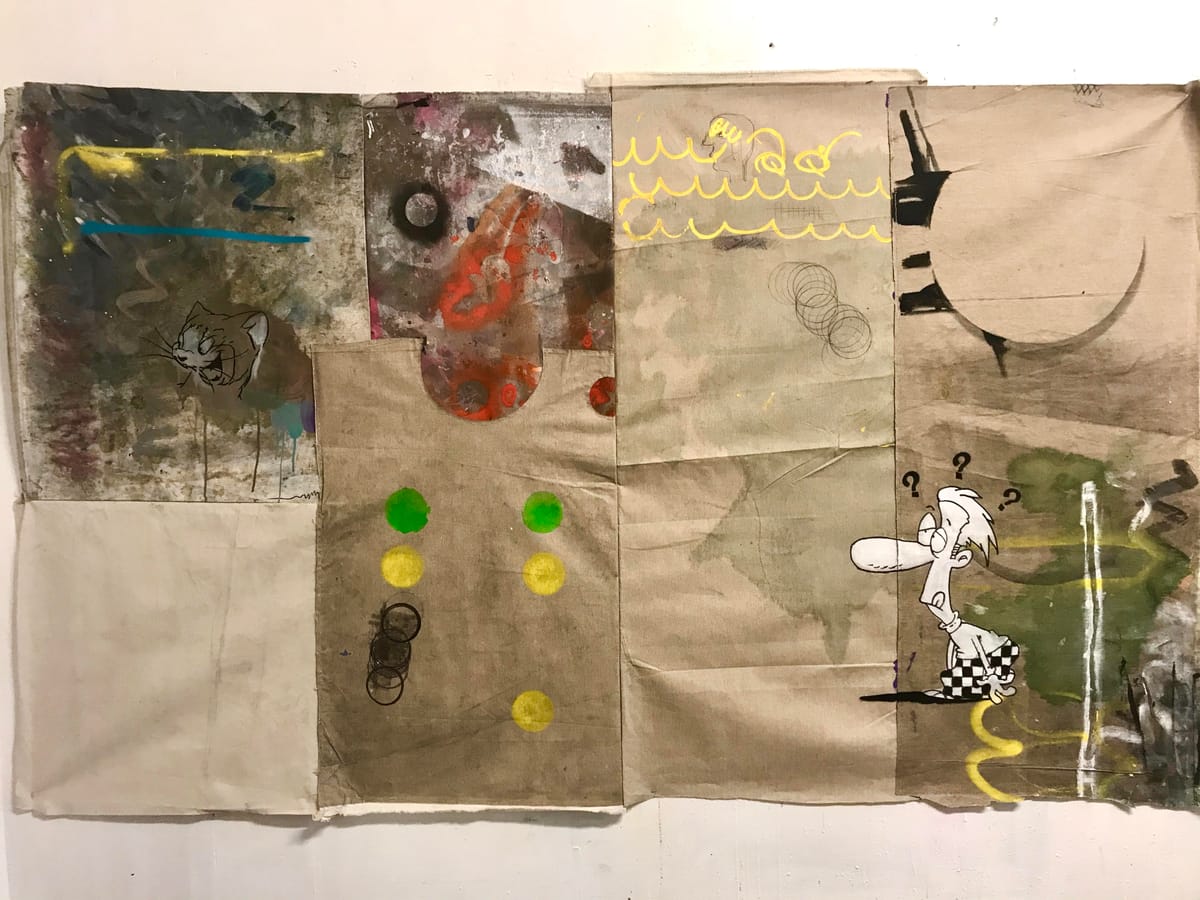
More Interviews by DiFranco


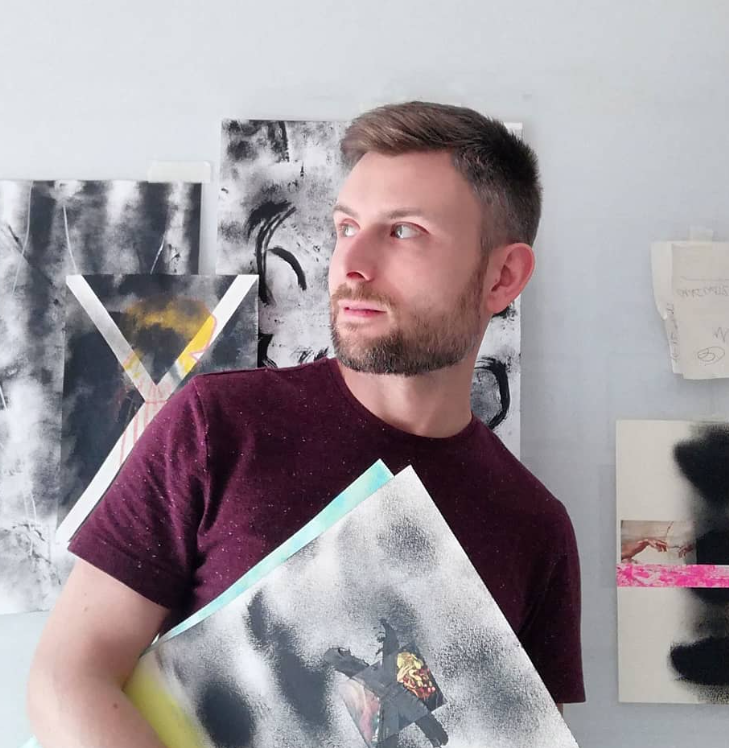



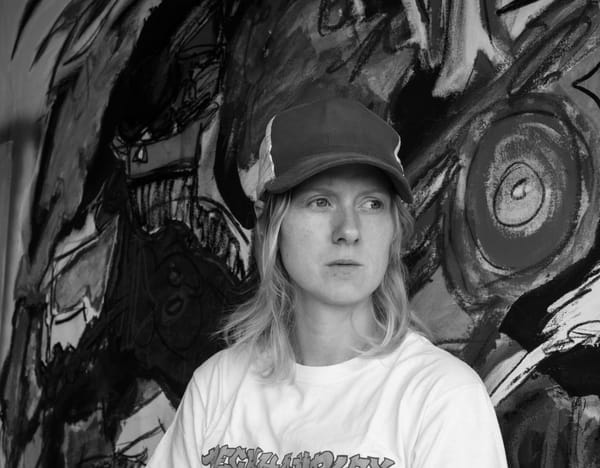
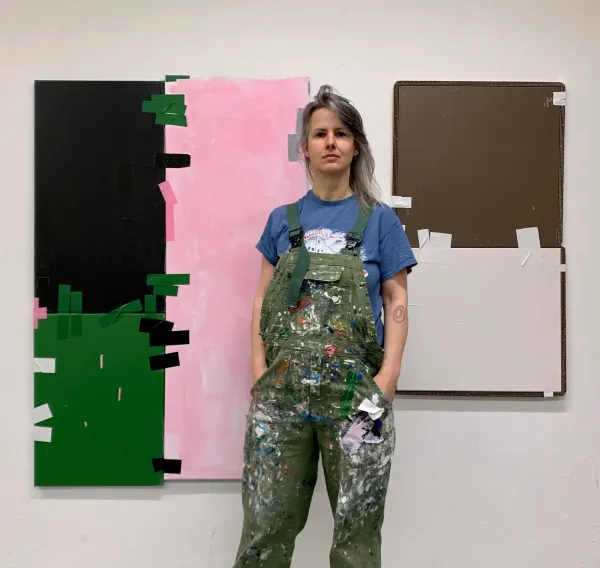
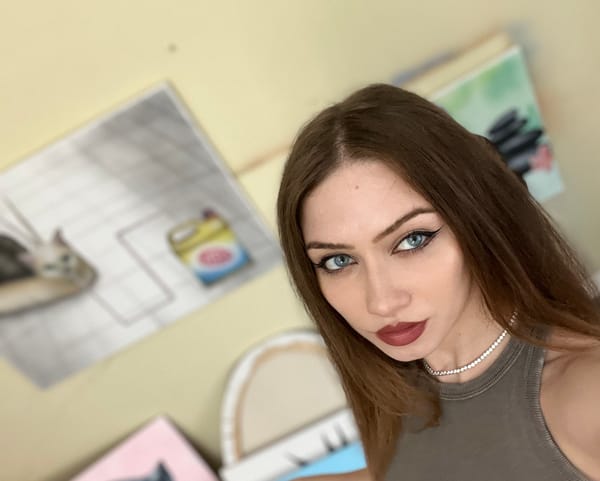
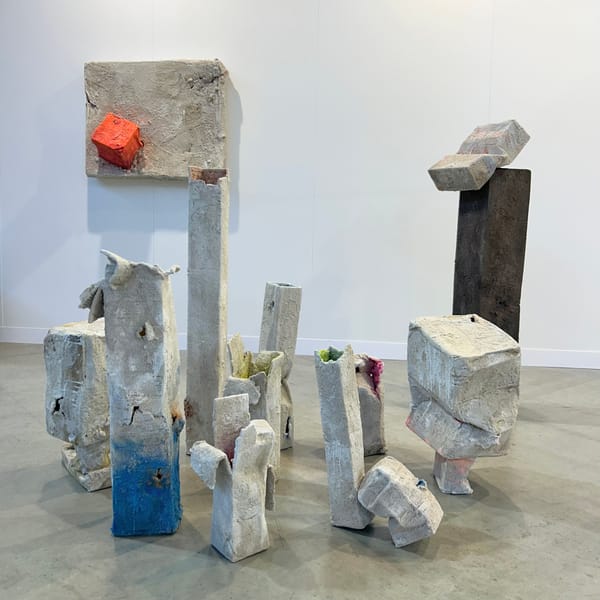
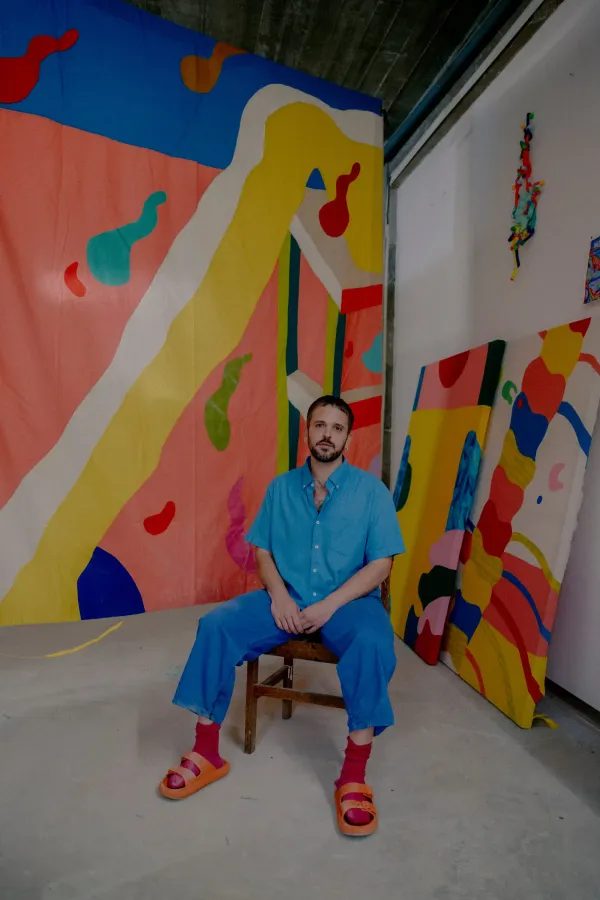
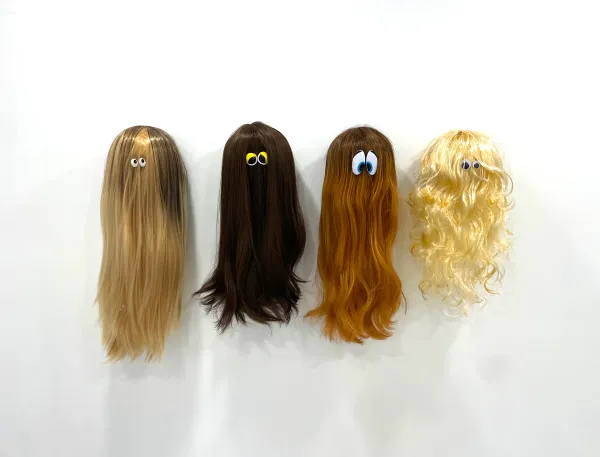
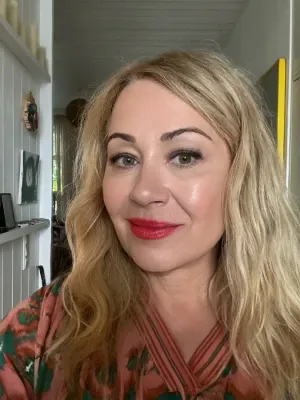
Member discussion